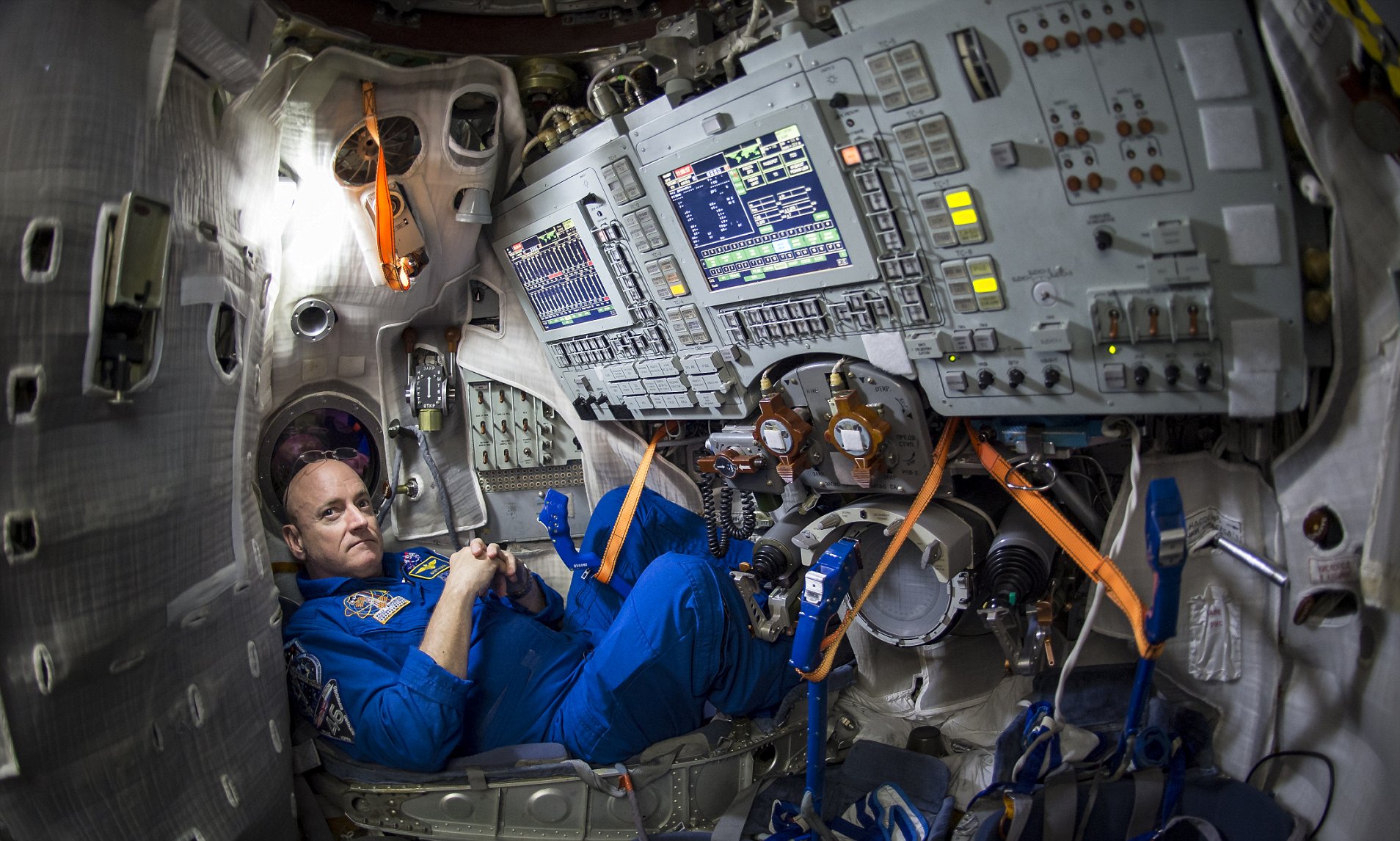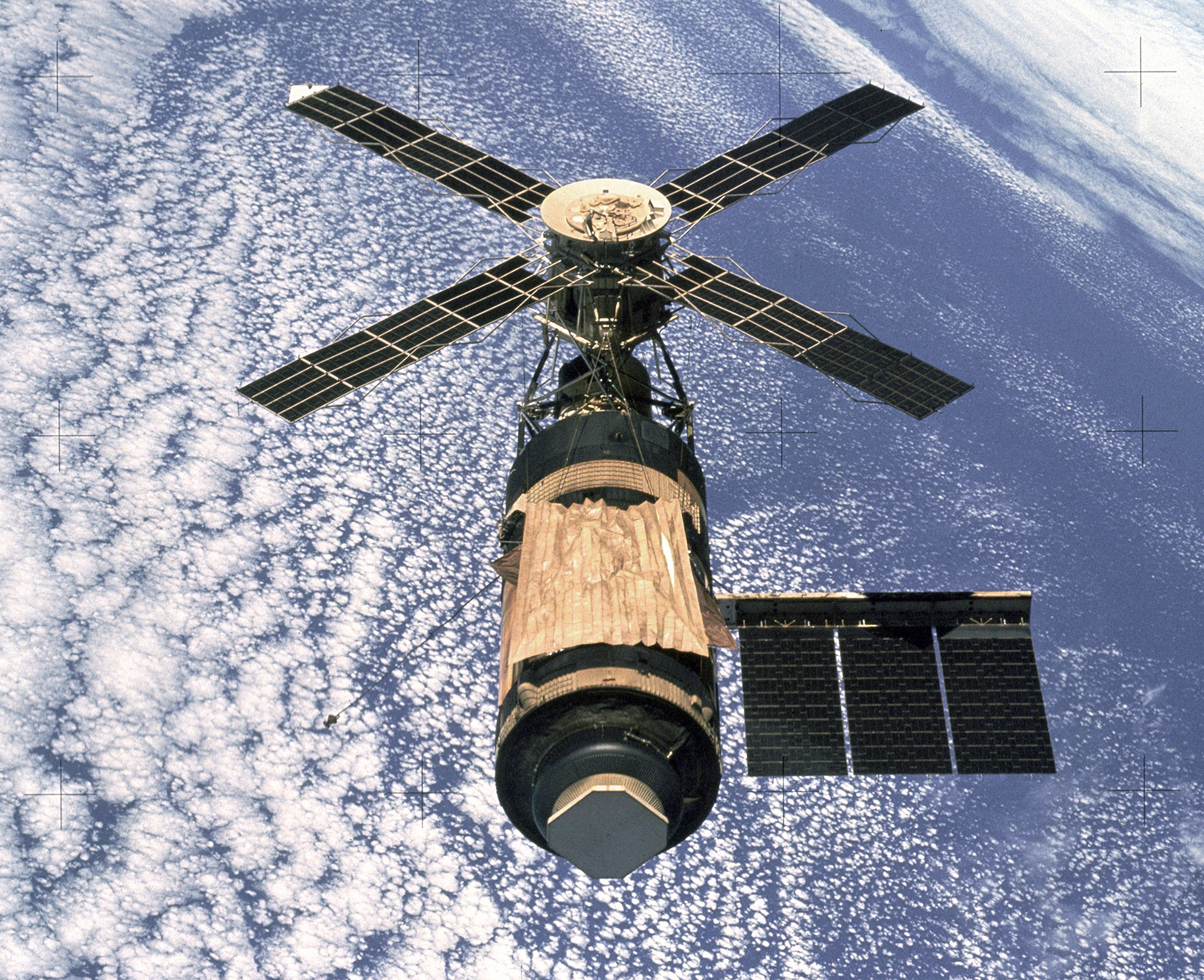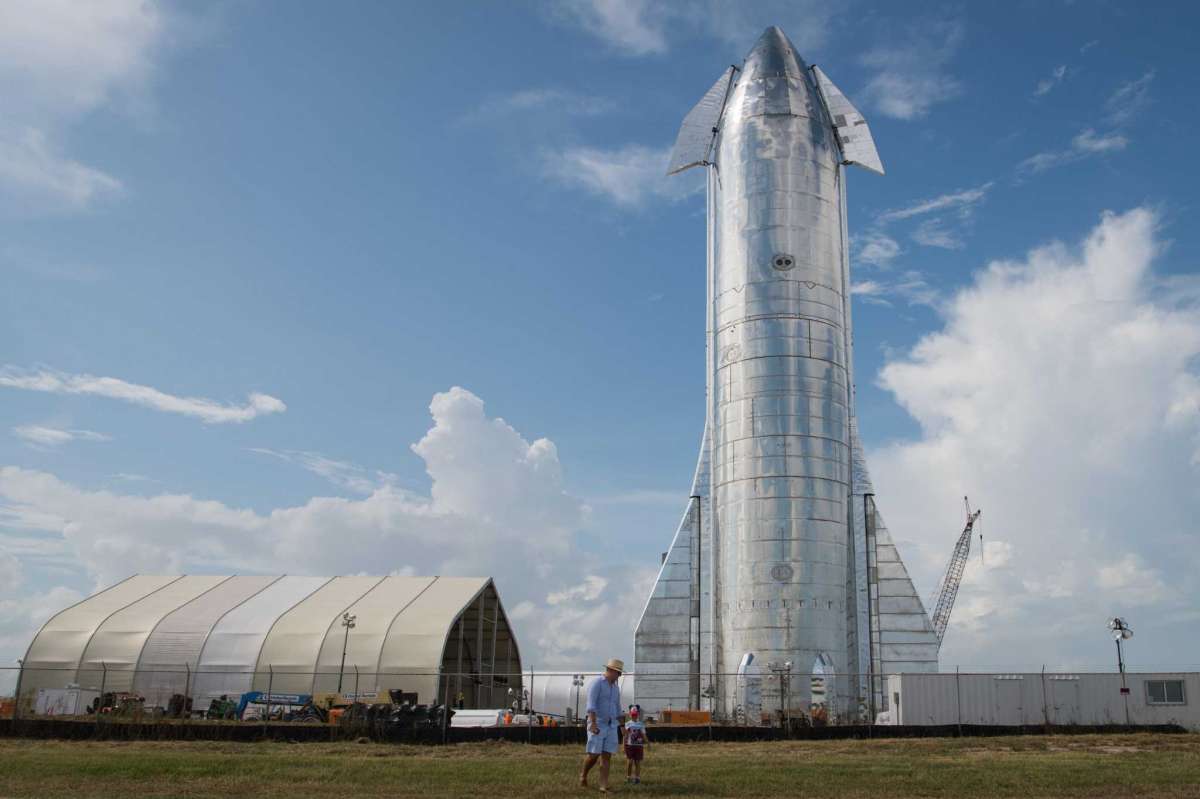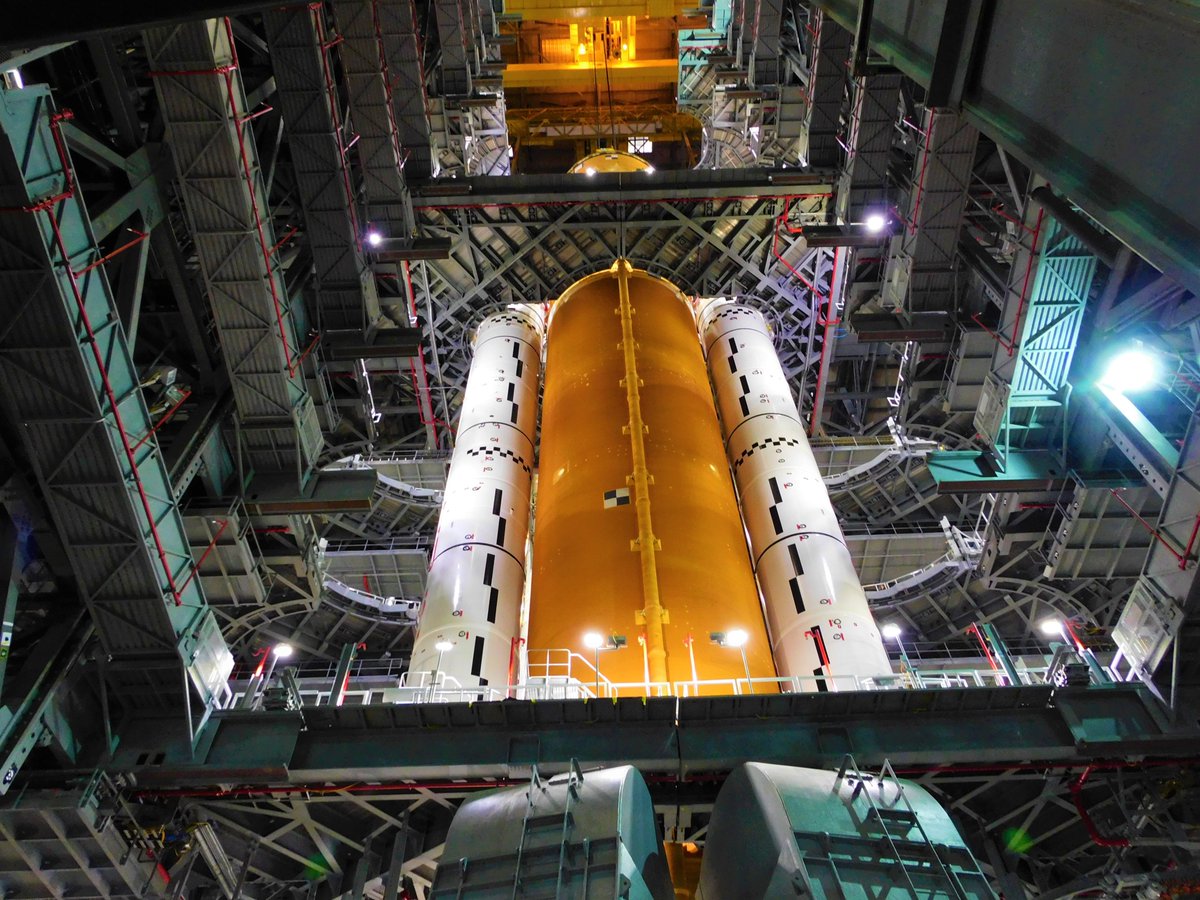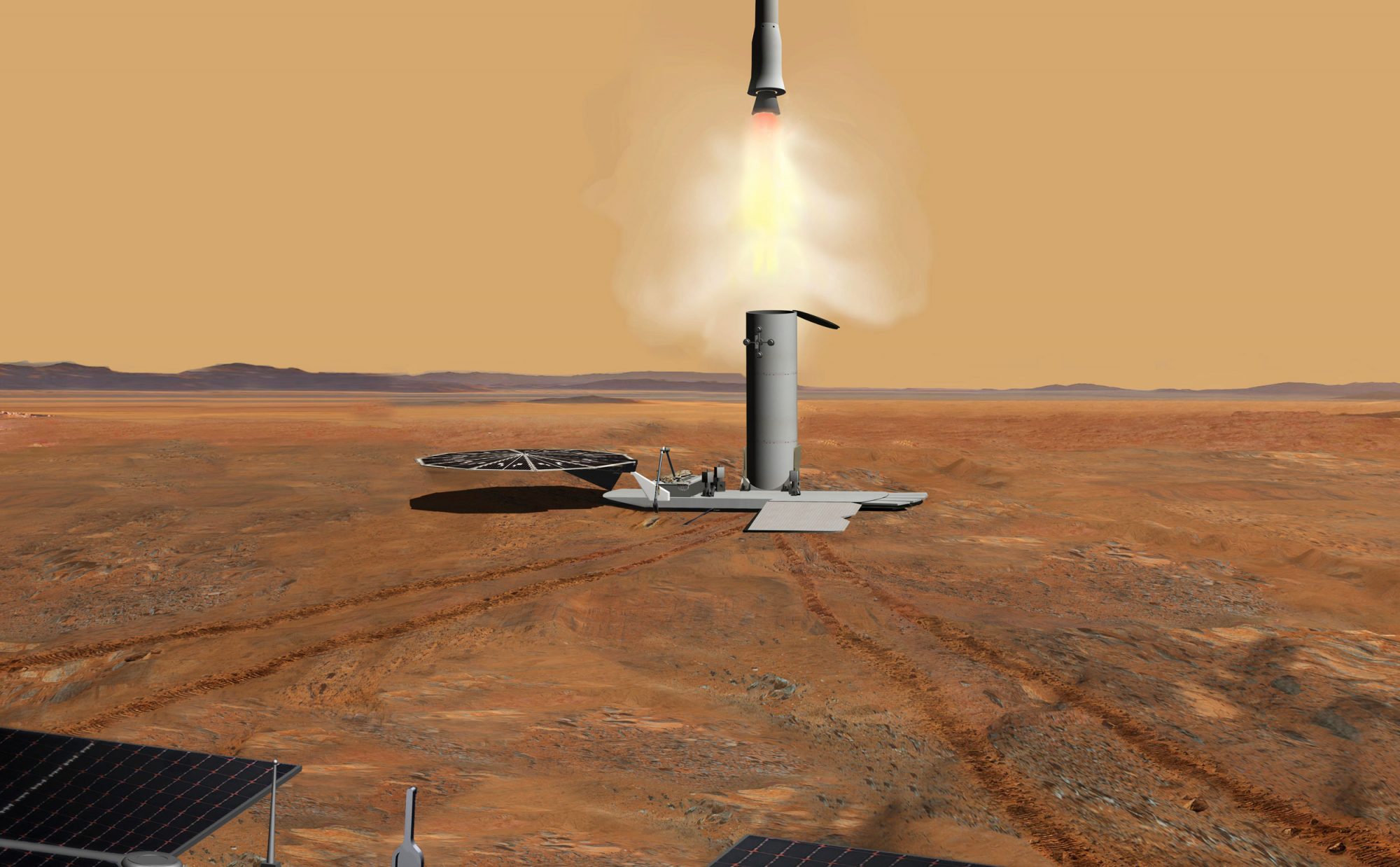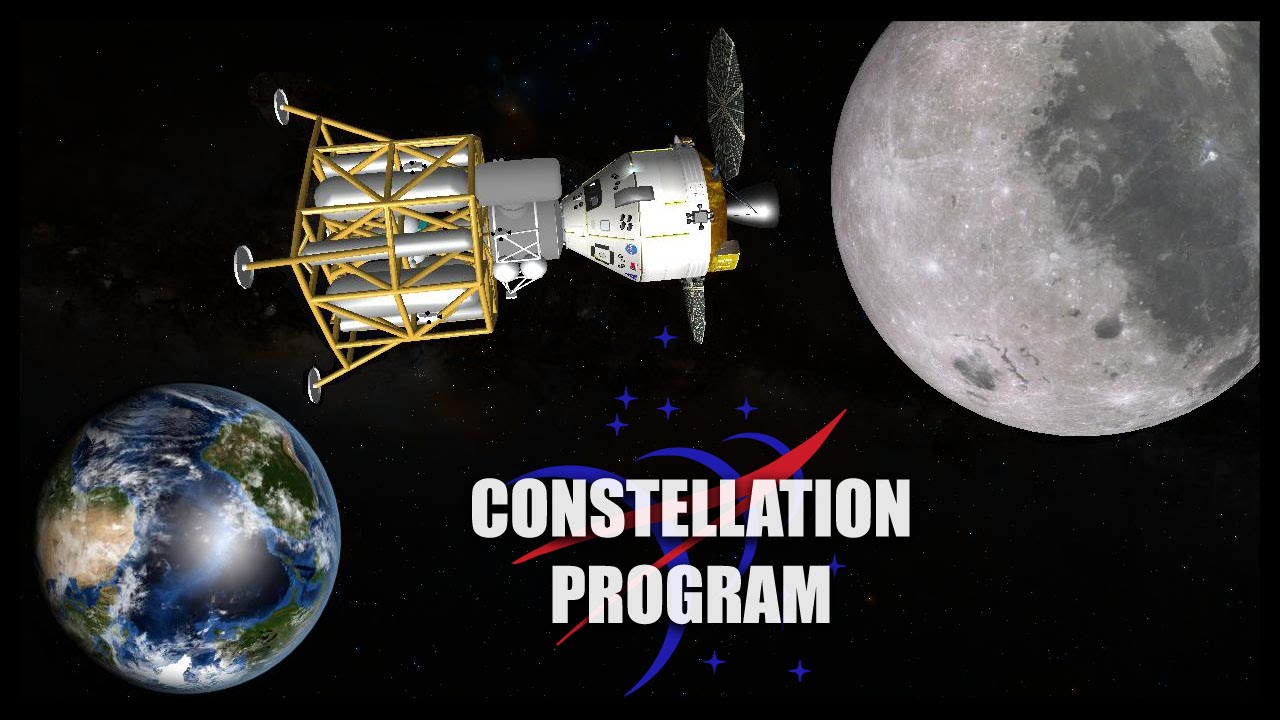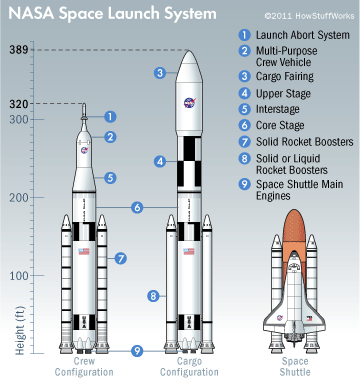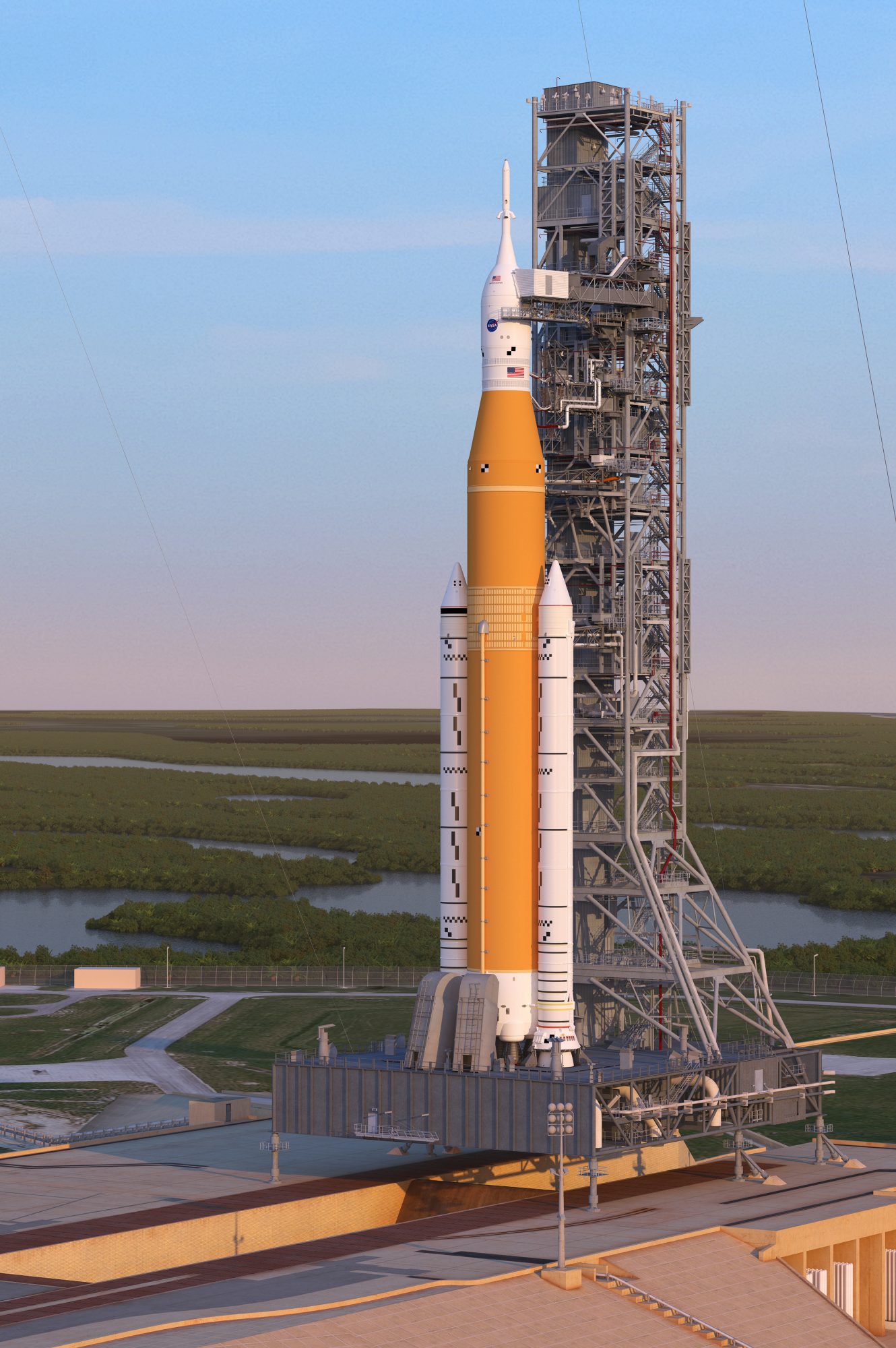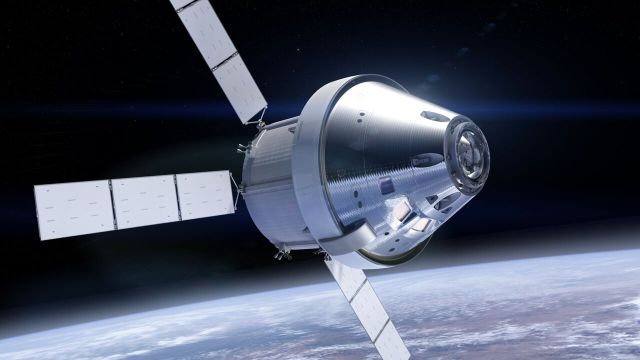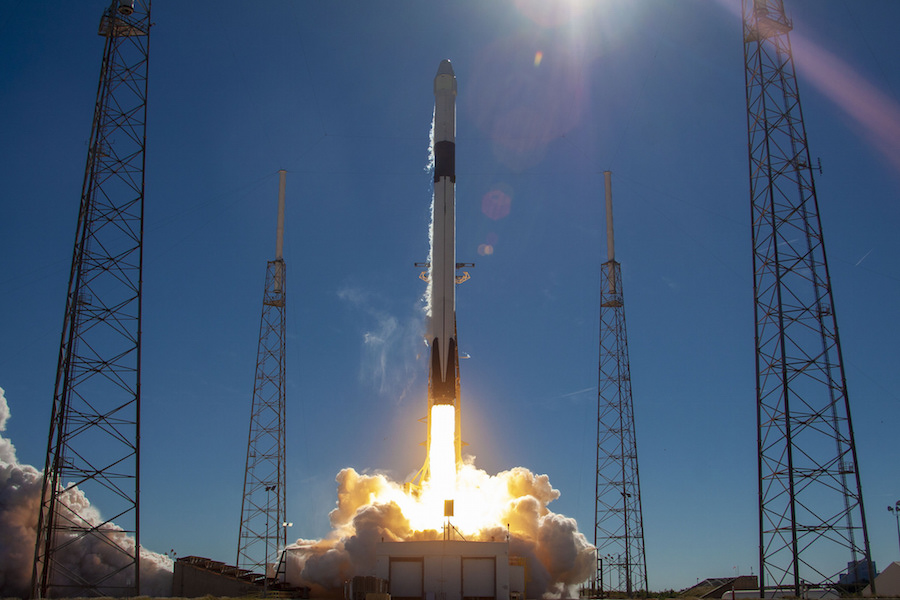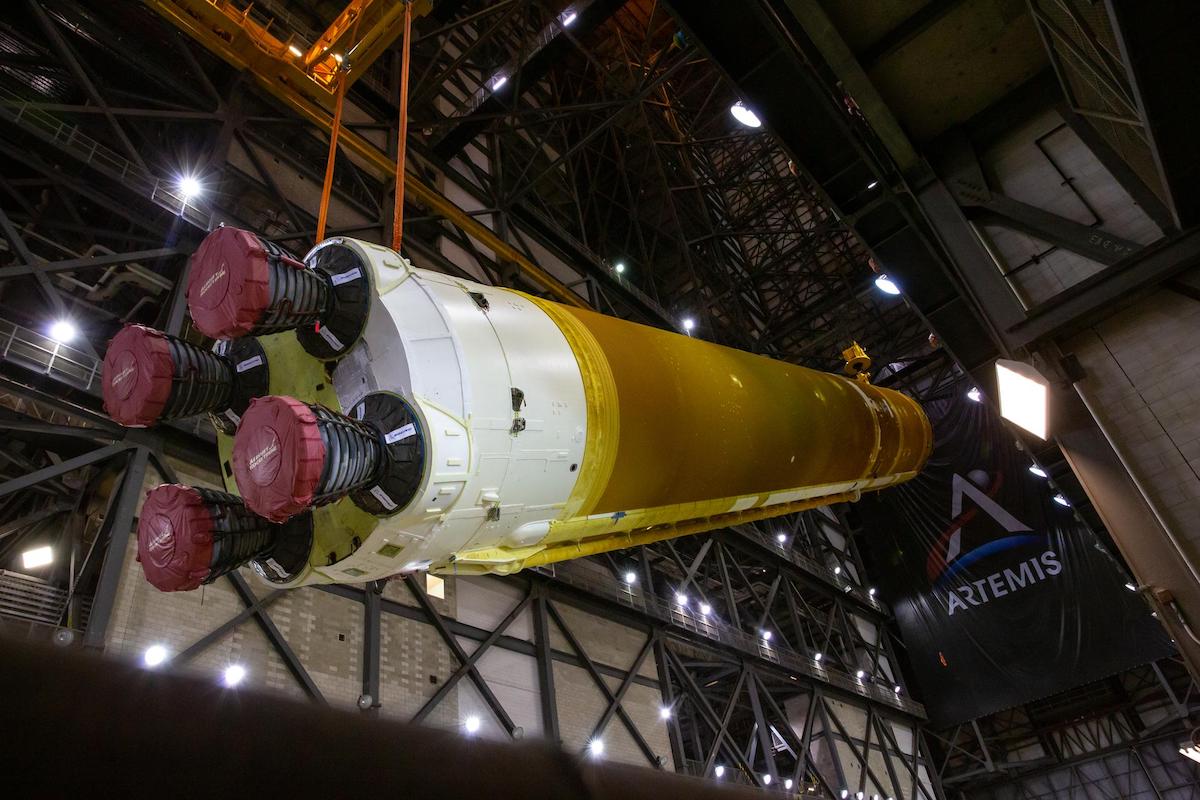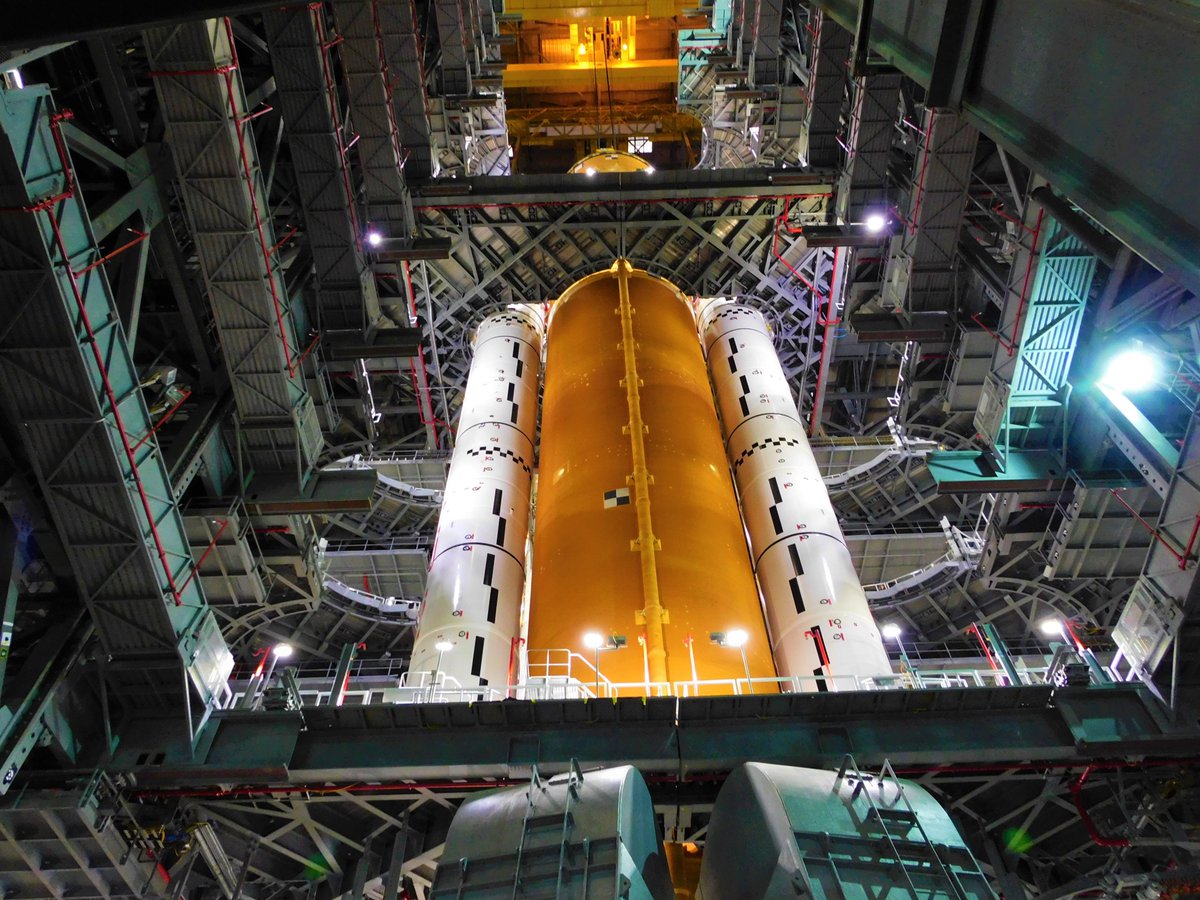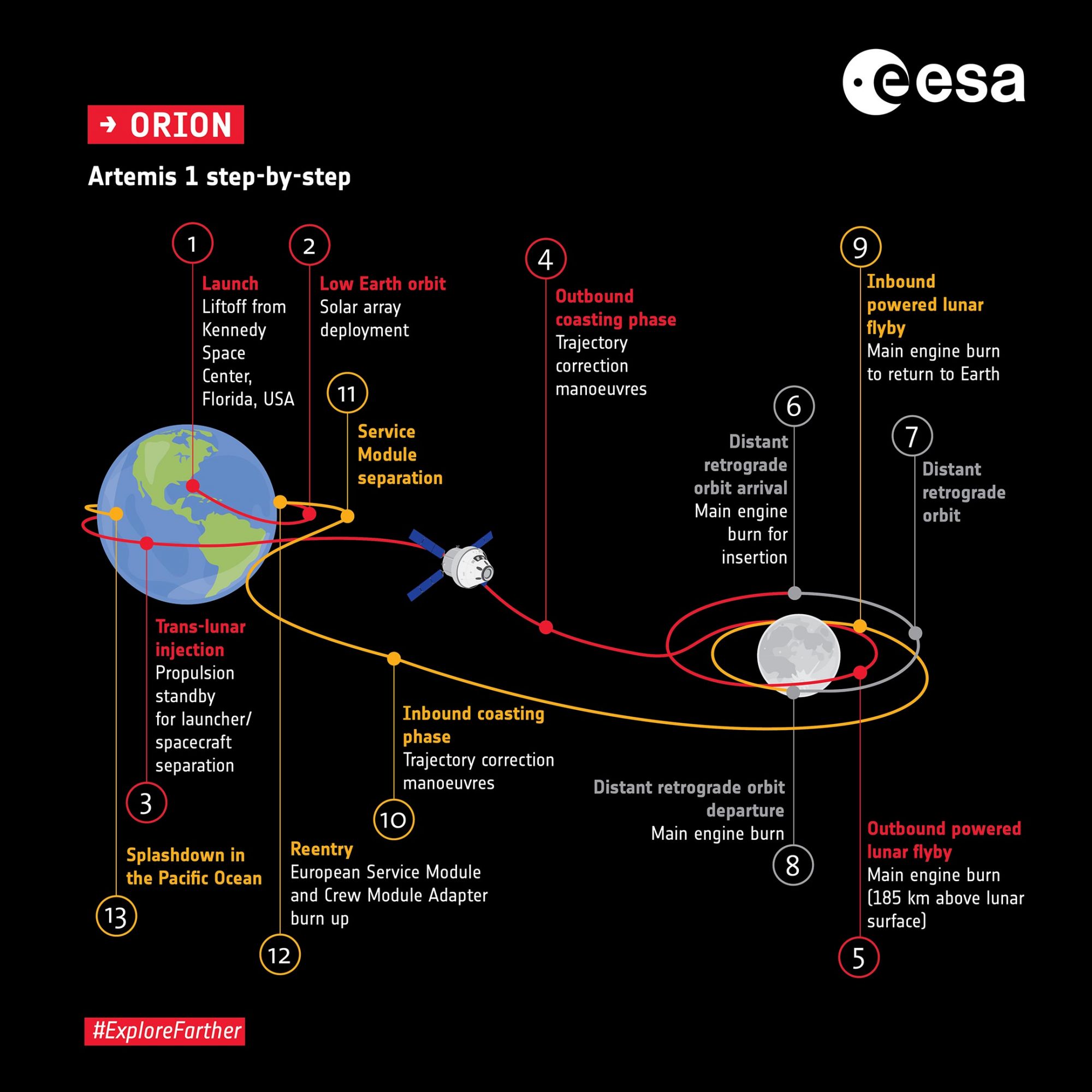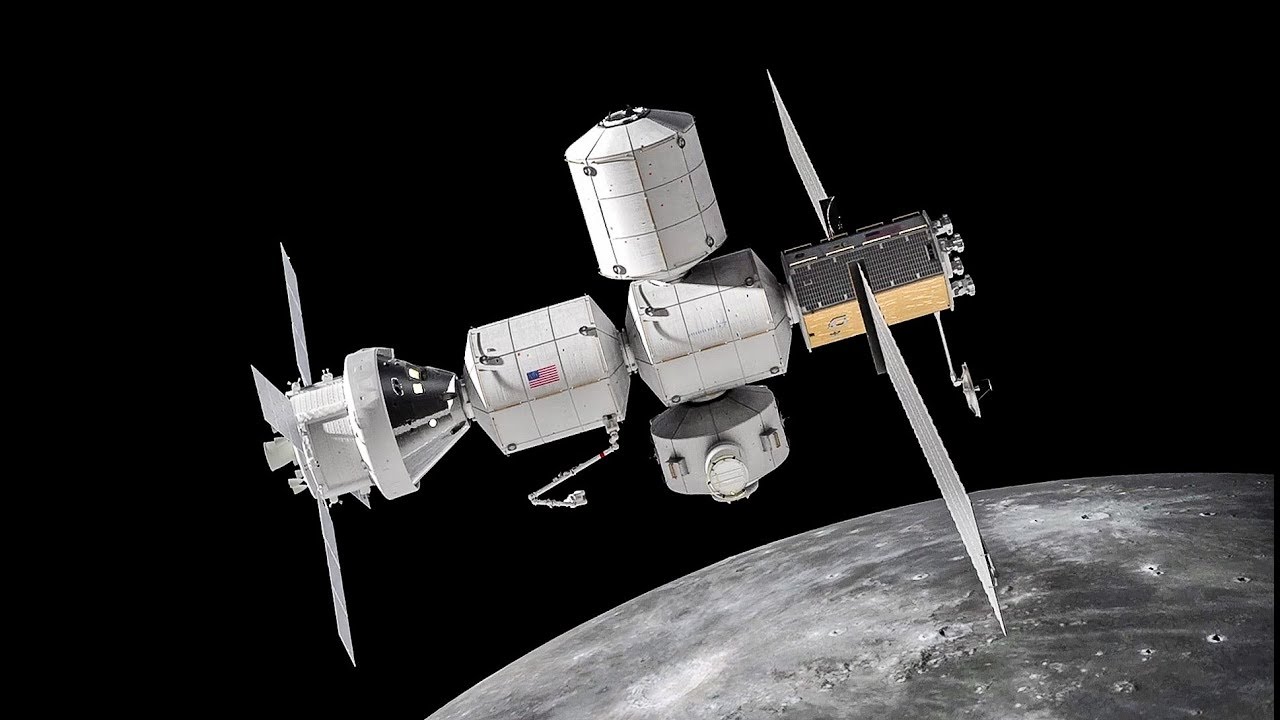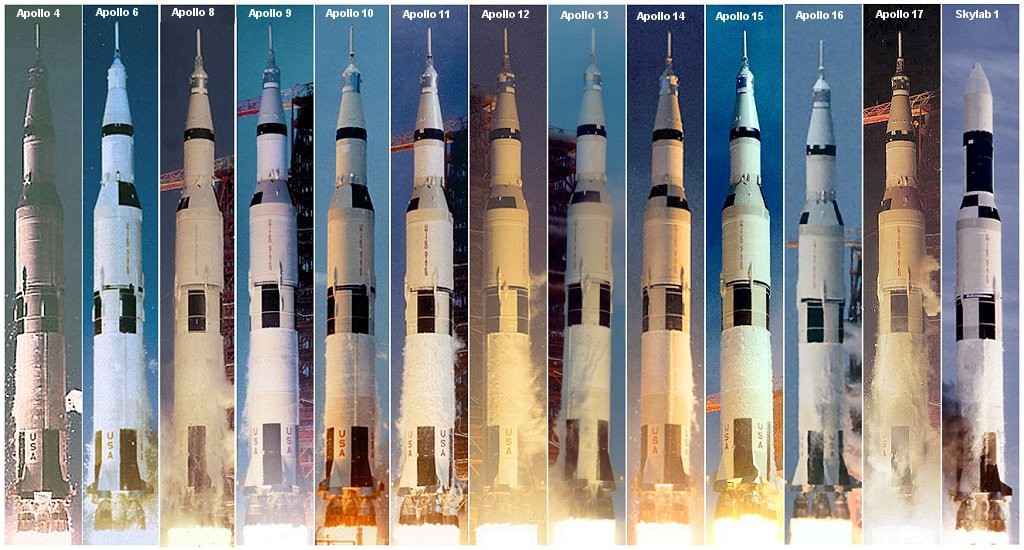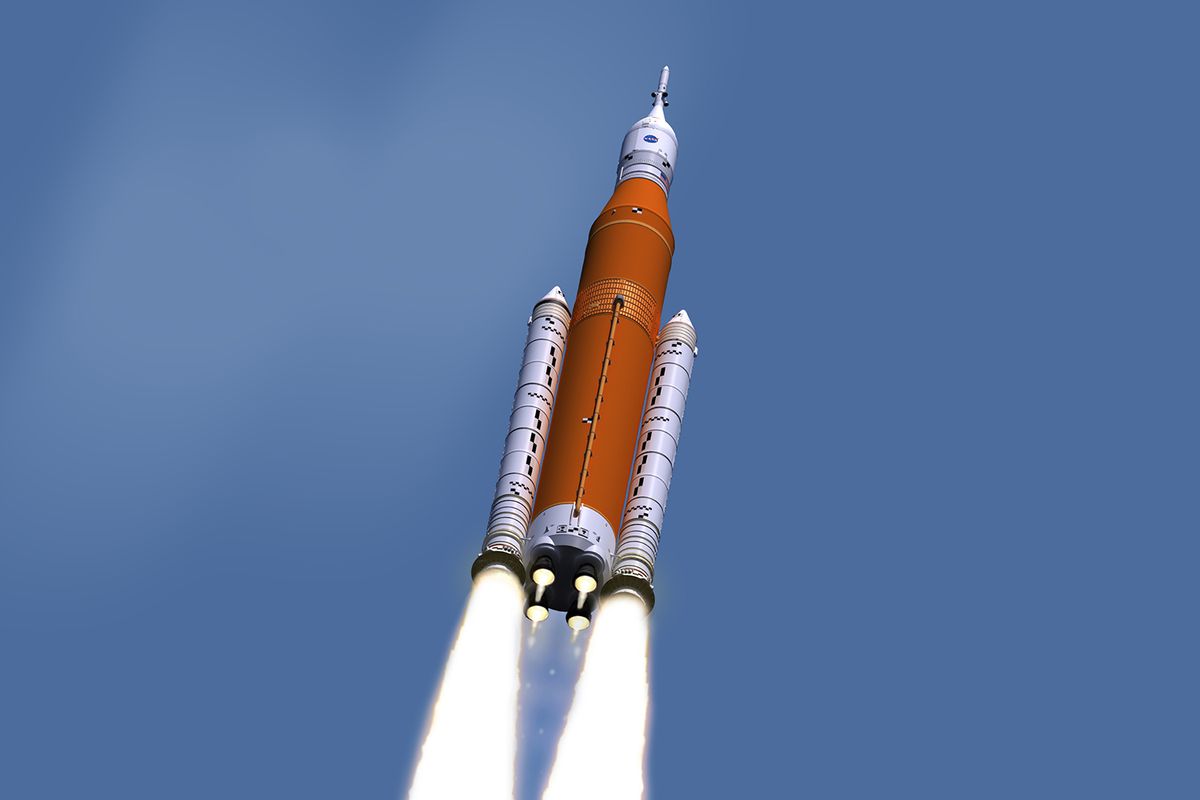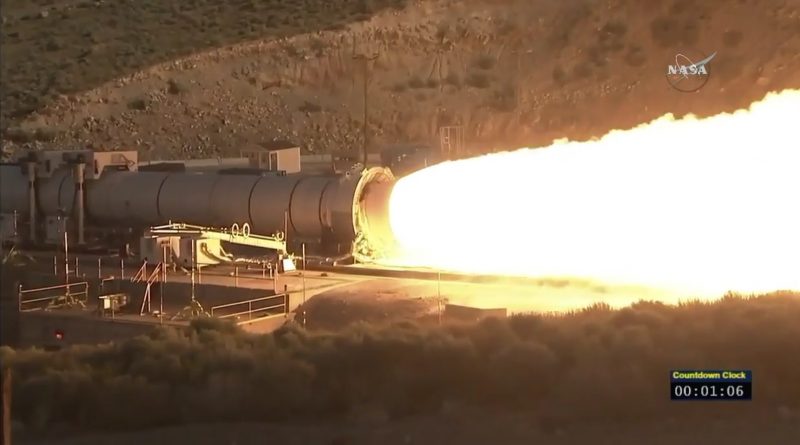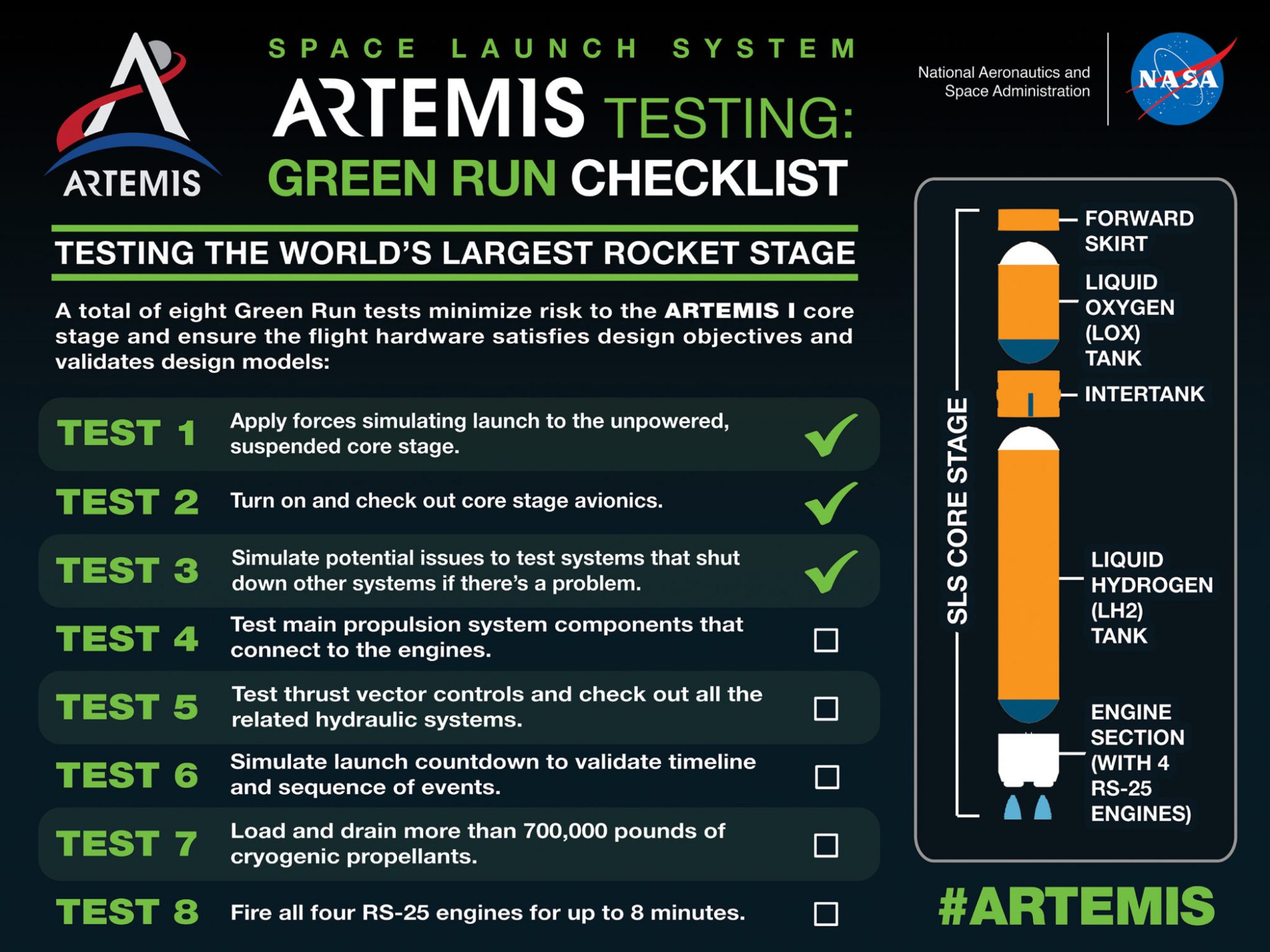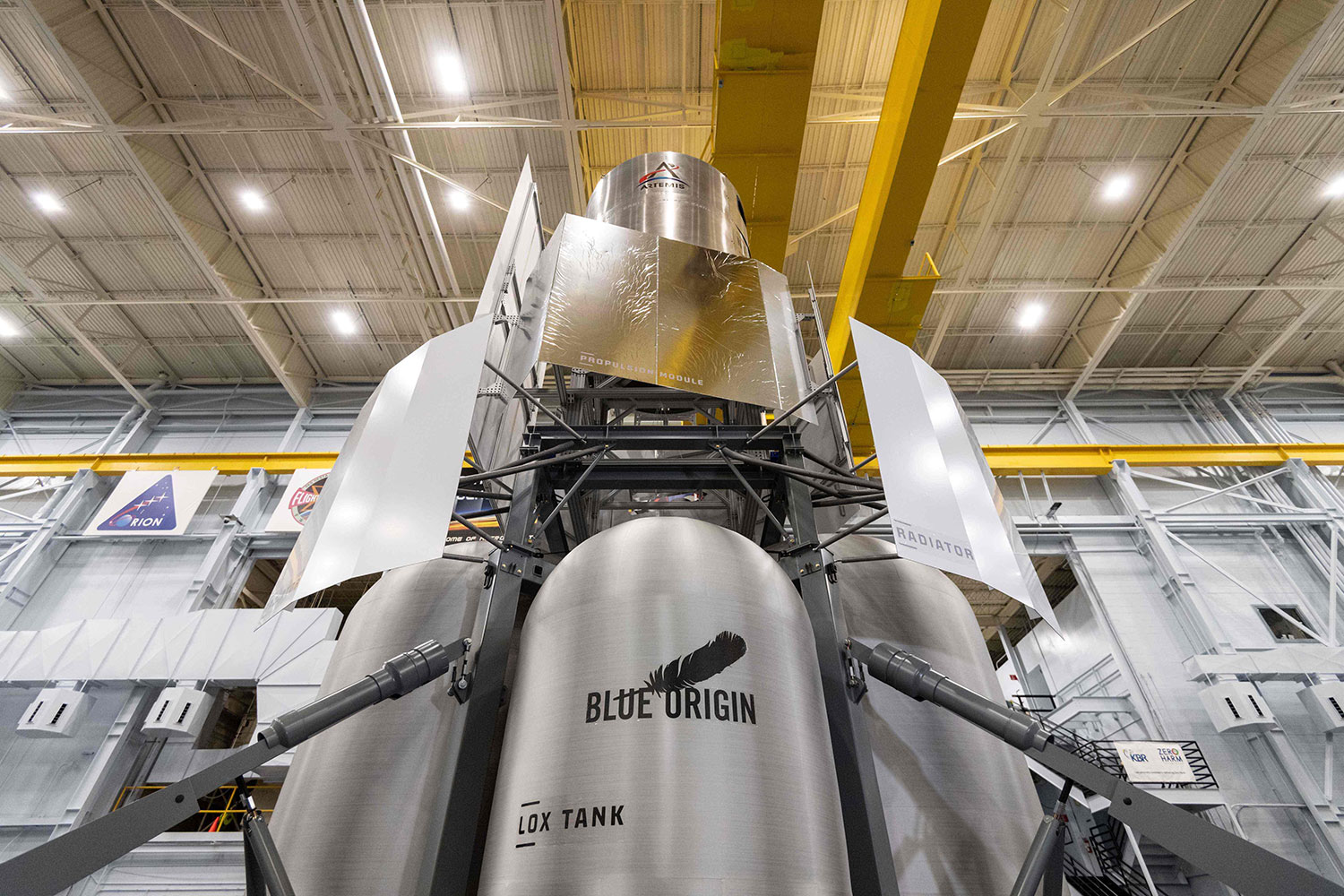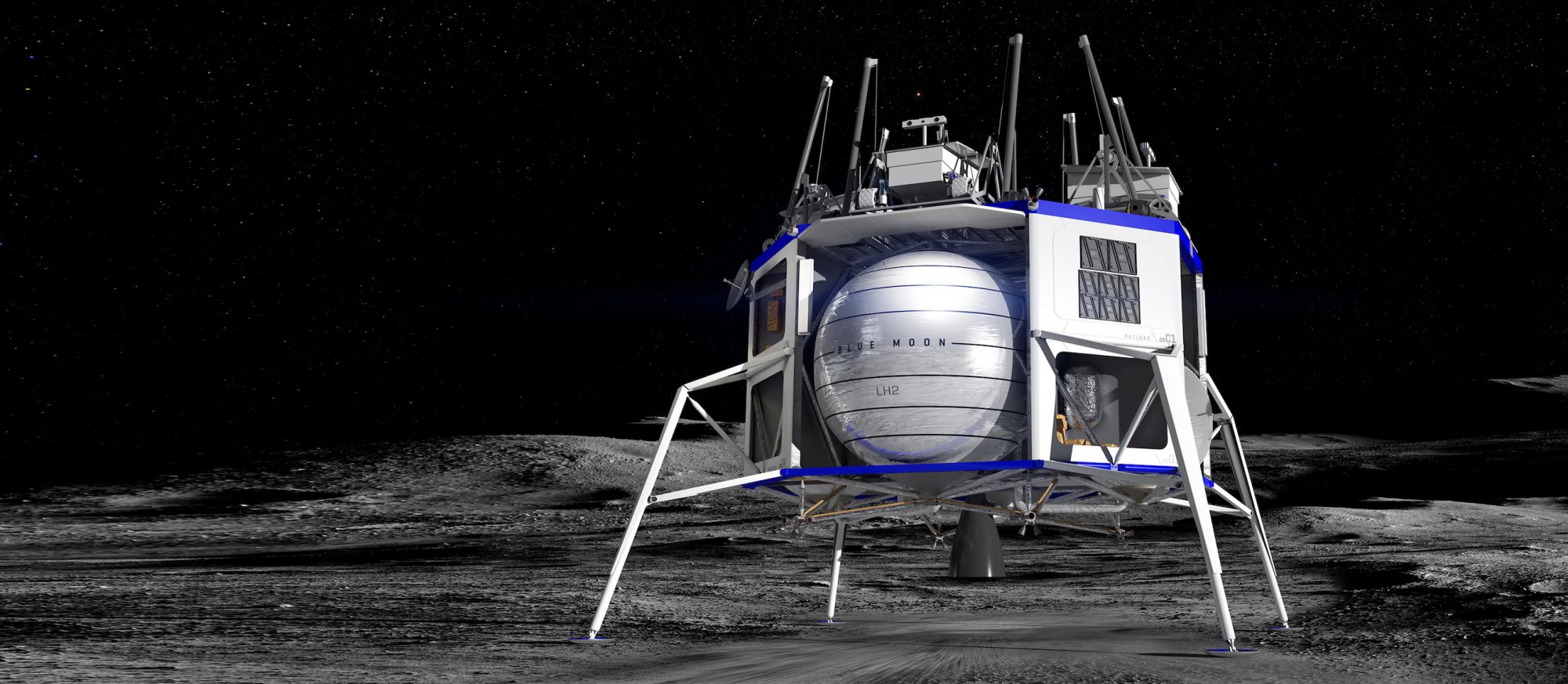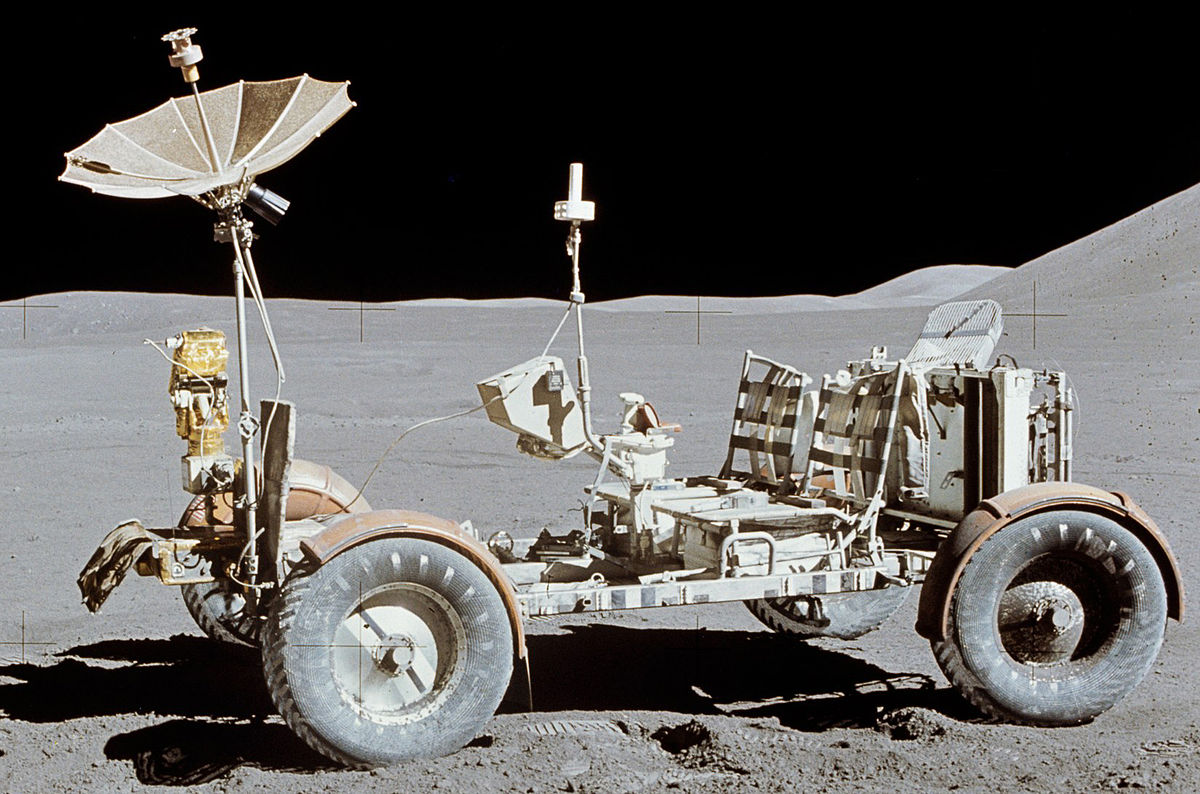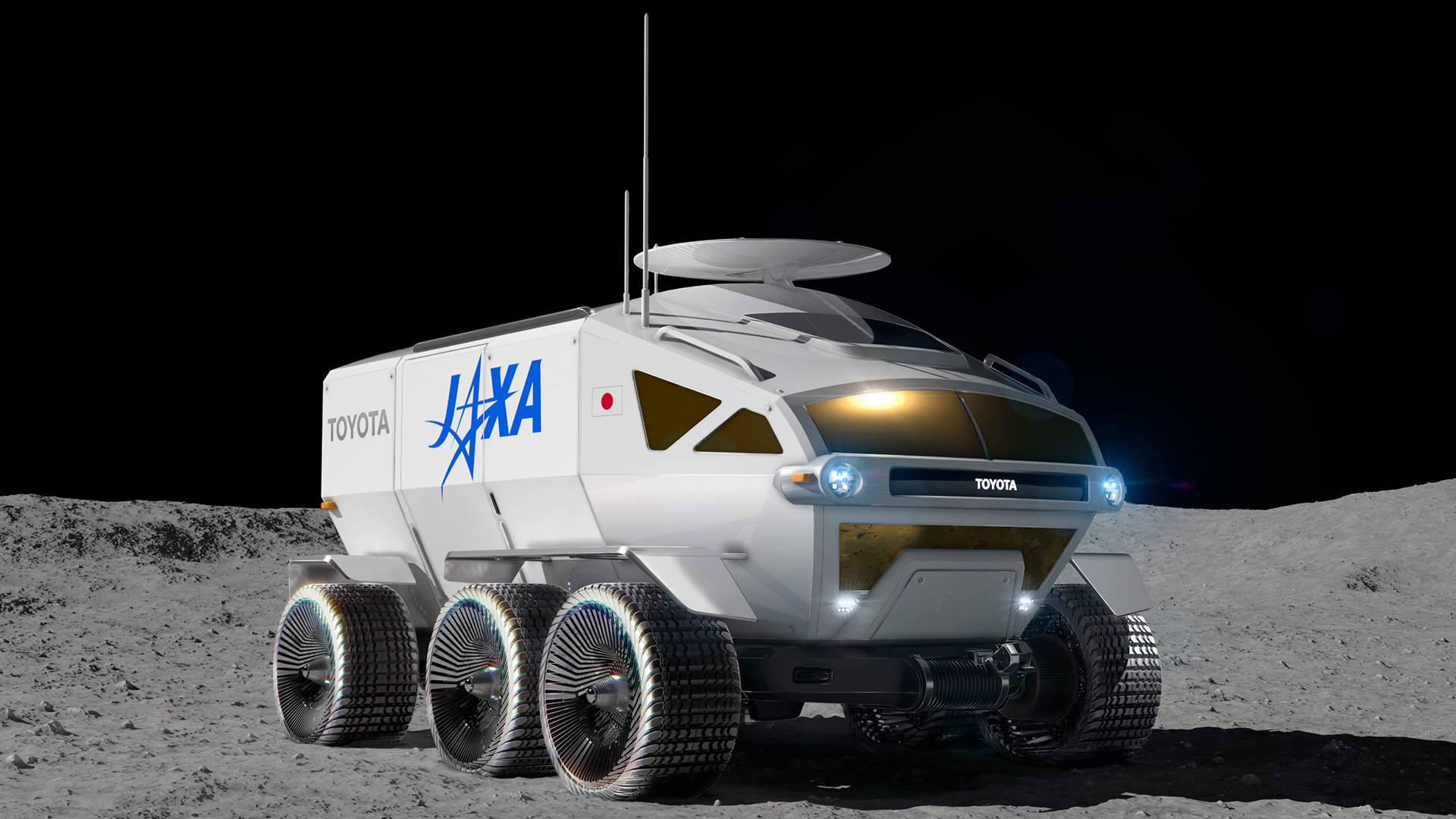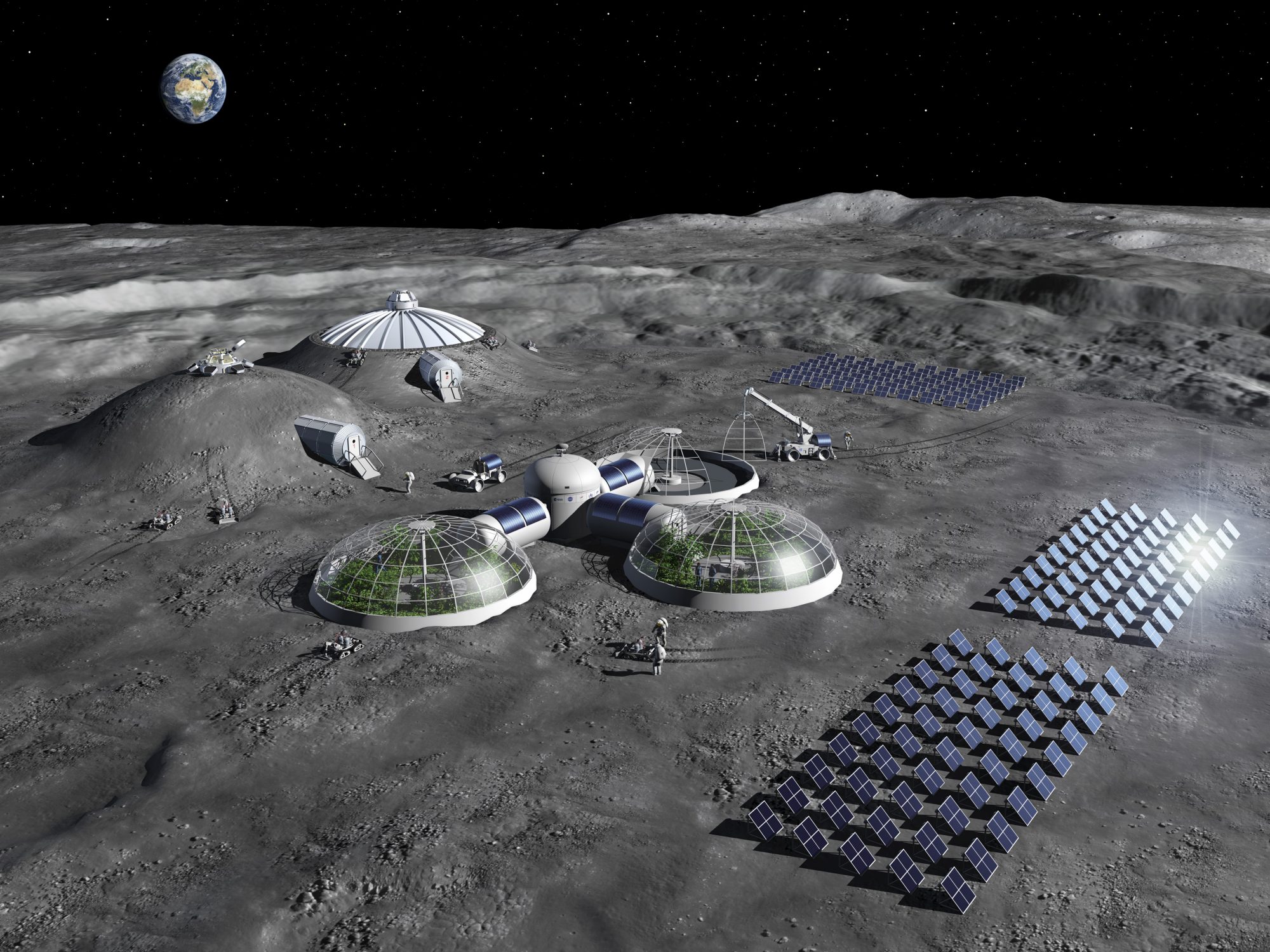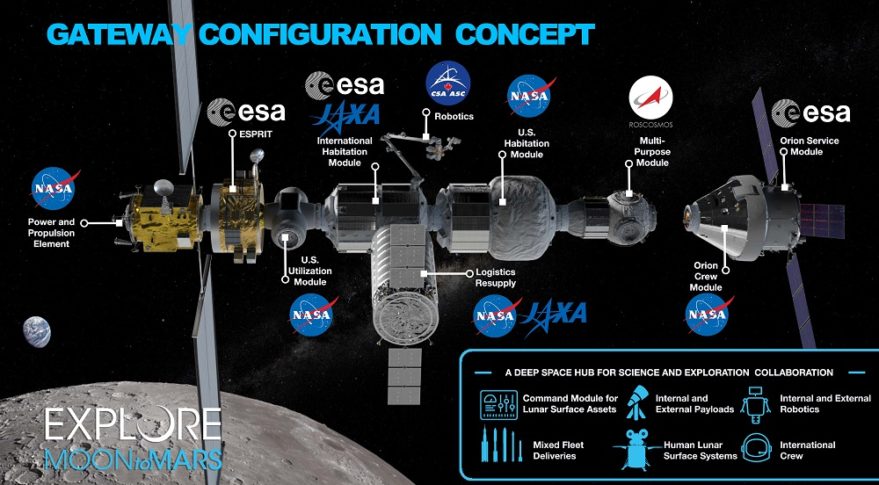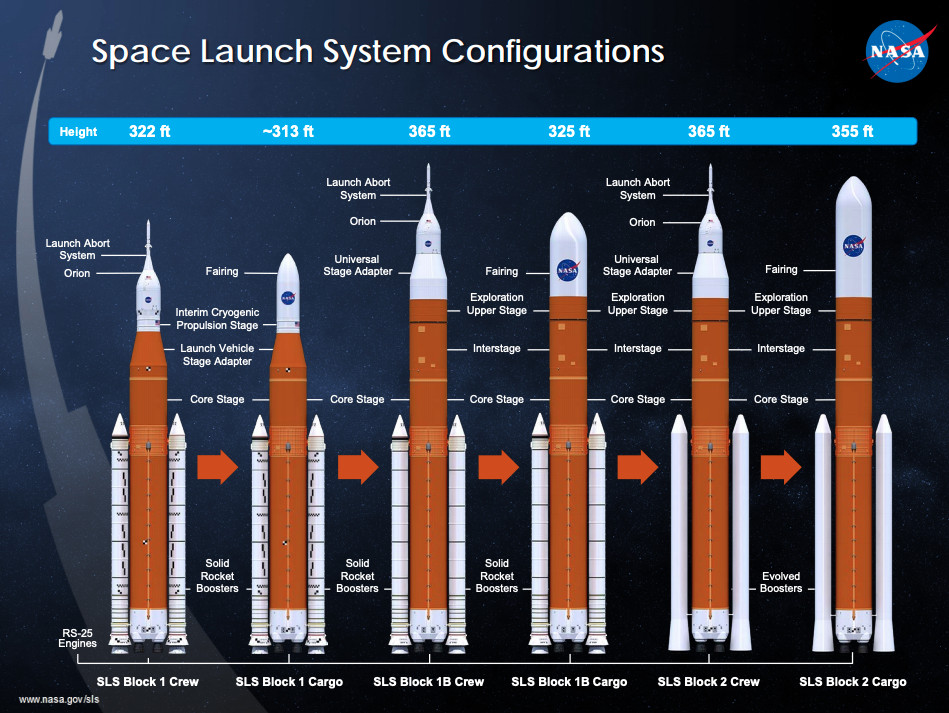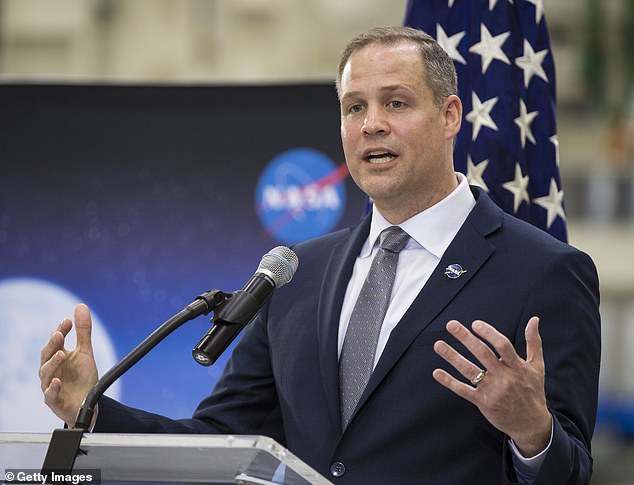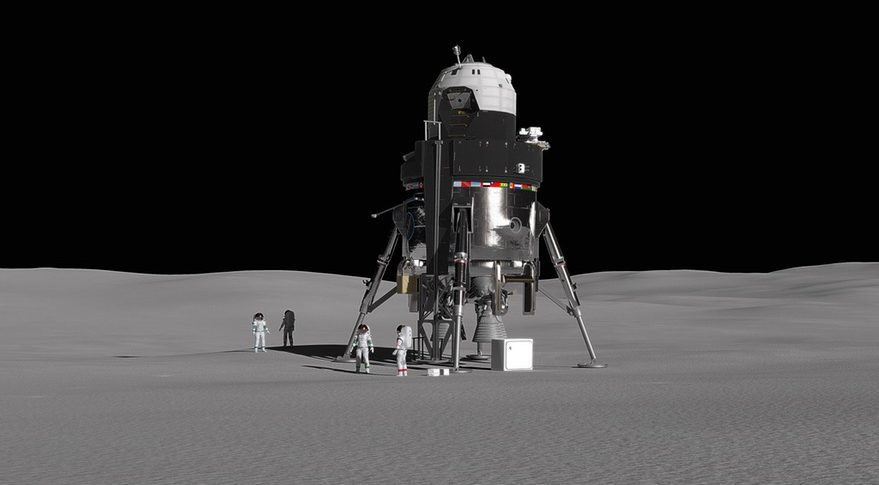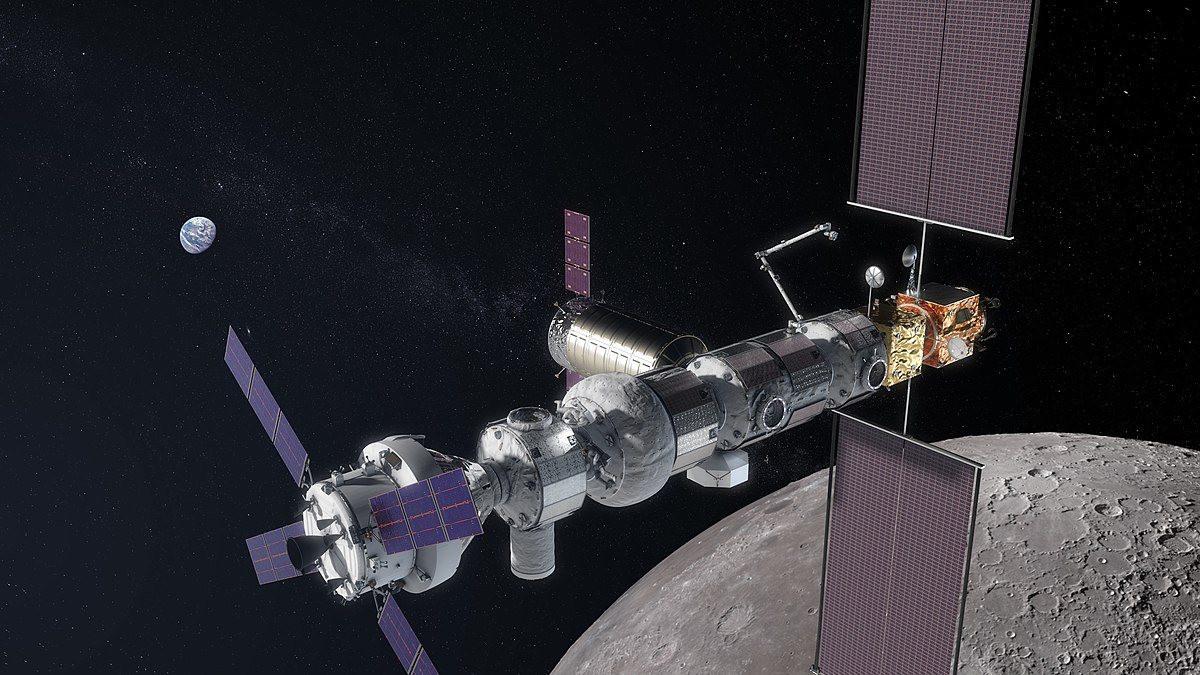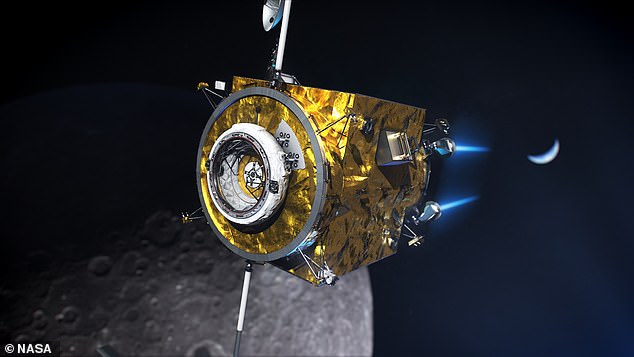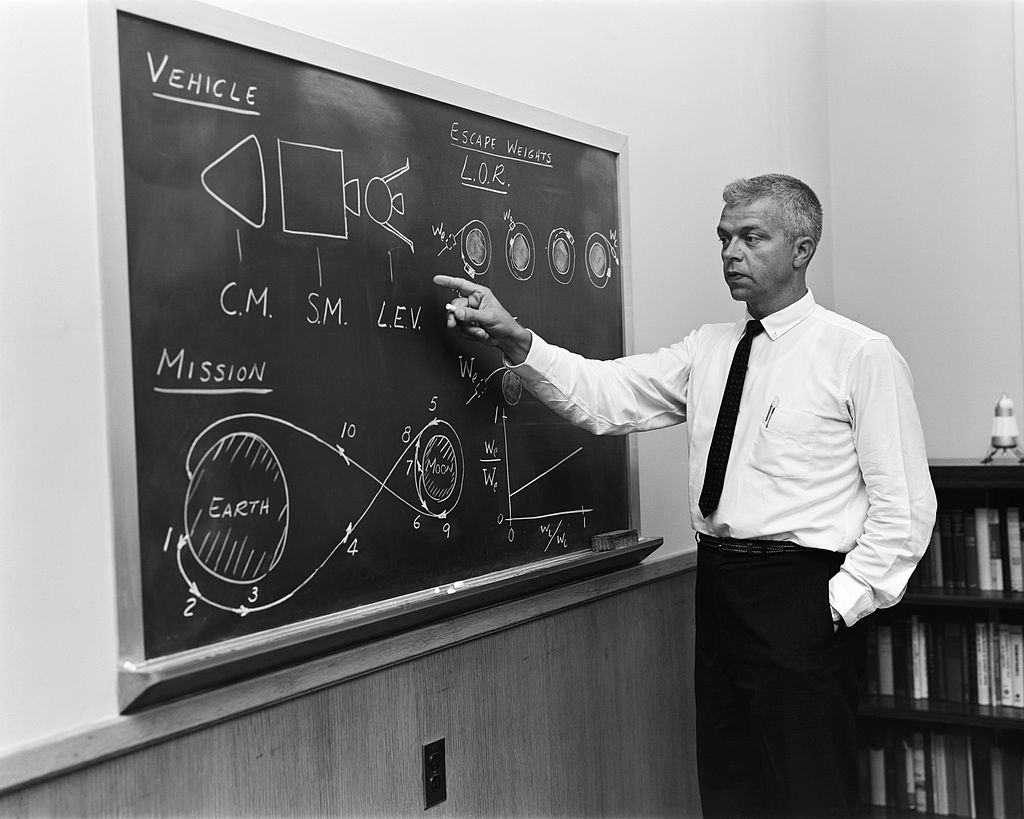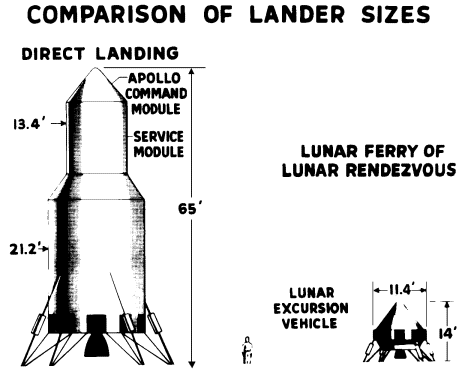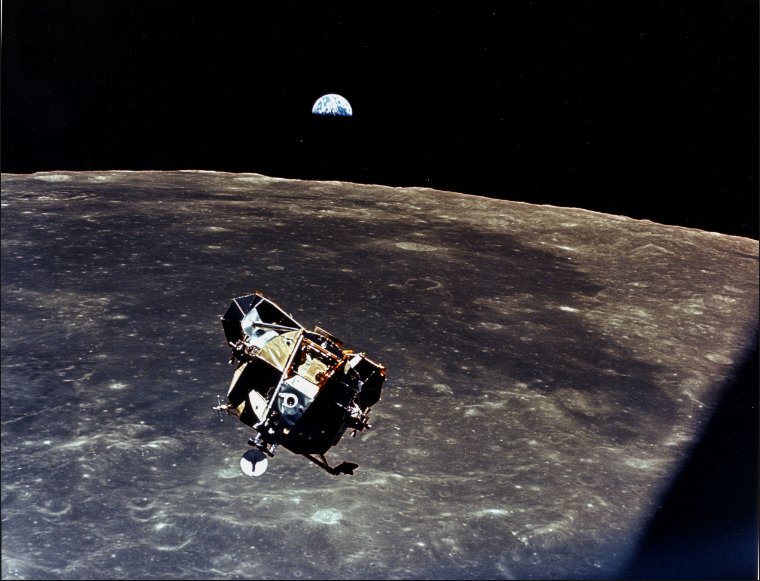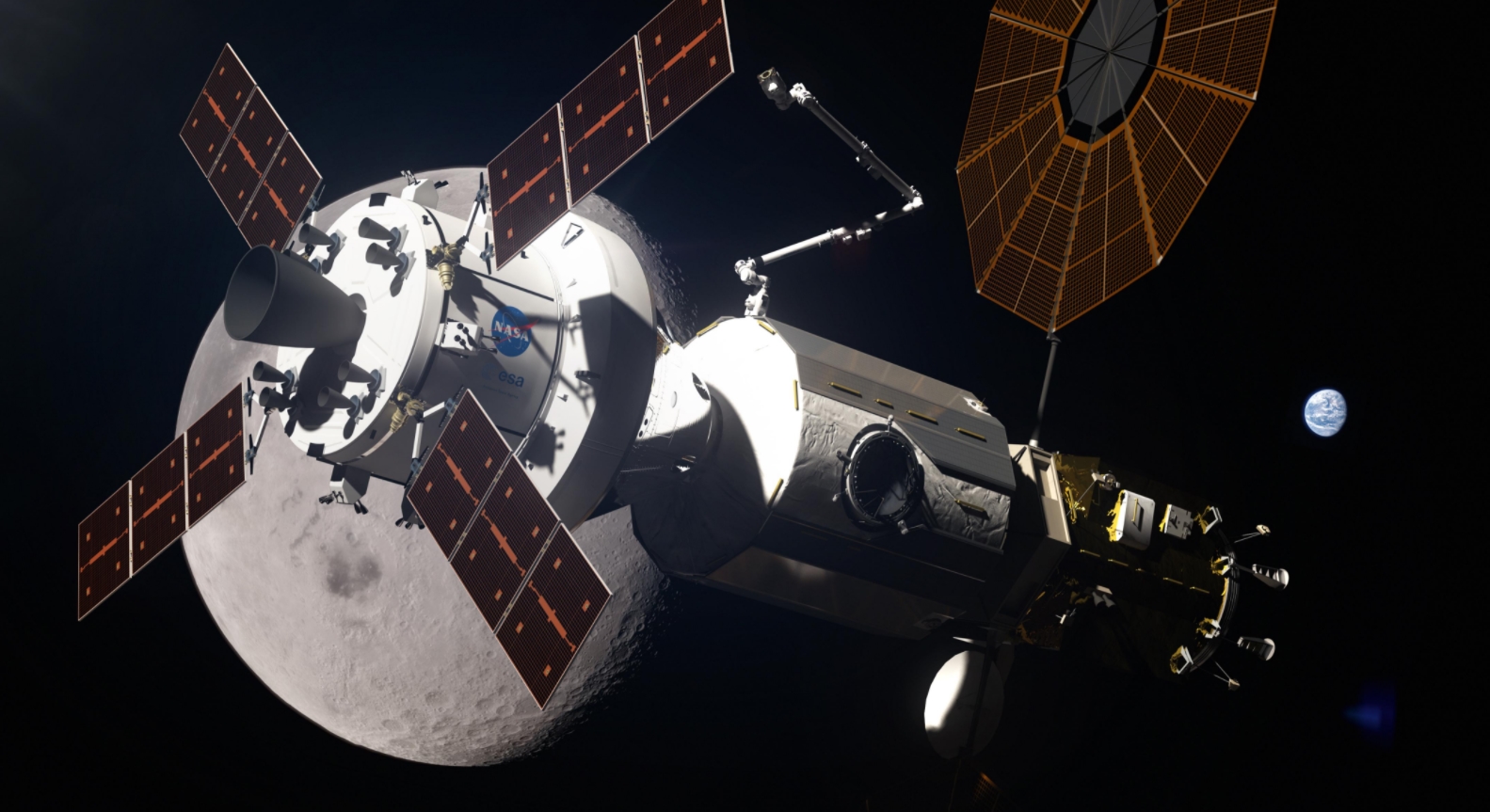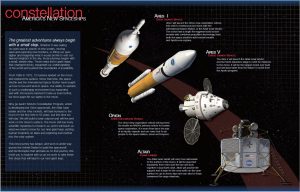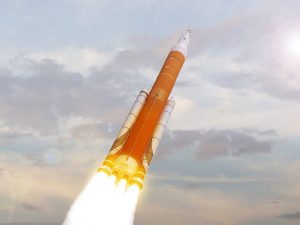It’s on the launch pad, years late and billions of dollars over budget but the Space Launch System (SLS), the most powerful rocket since the venerable Saturn 5 that took astronauts to the moon is finally at Pad 39B at Cape Kennedy, ready for lunch. Well almost ready because the engineers and scientists at both NASA and prime contractor Boeing still have a long list of tests and safety checks to perform before the actual first flight in the space agency’s Artemis program begins. The biggest test, known as the Wet Dress Rehearsal or WDR, is now scheduled for the 1-3 of April.

The rollout of the massive SLS with its Orion, man capable capsule took place on March 17th as the door of the Vehicle Assembly Building opened and the SLS began its long, slow journey to the launch site. The current schedule is for launch to take place no earlier than sometime in May. That first flight will be unmanned, with the second Artemis mission, and the first mission that will actually take astronauts back to orbiting the Moon, coming no sooner than 2024.

Update: The SLS was on its launch pad but after failing to complete the WDR three times NASA has decided to return the rocket to the Vehicle Assembly Building for repairs. Just another in a long series of delays and problems for the Artemis program that is years behind schedule and billions of dollars over budget.
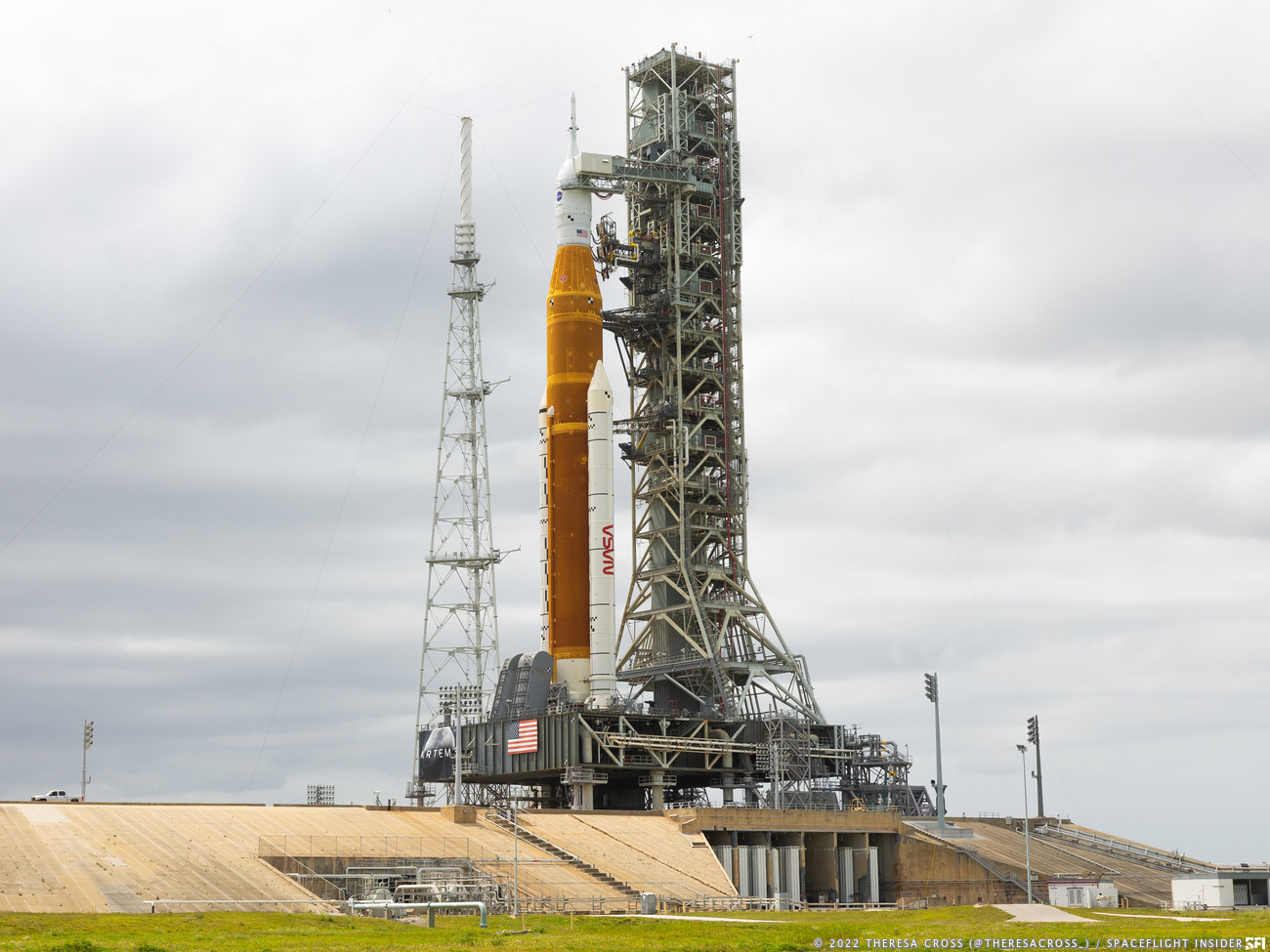
And even as NASA begins the Artemis program to take human beings back to the Moon the space agency is making plans to also return to a destination much further away, the outer planets of Uranus and Neptune. The only space probe to have visited those cold, dark worlds was Voyager 2, which flew past them in the late 1980s. At the time the data sent back by Voyager taught us more about the two outermost planets in our Solar System than we’d learned in more than a hundred years of observing them by Earth bound telescopes. In the years since Voyager however astronomers have come up with thousands of questions about conditions on Uranus and Neptune that they’d love to see answered.
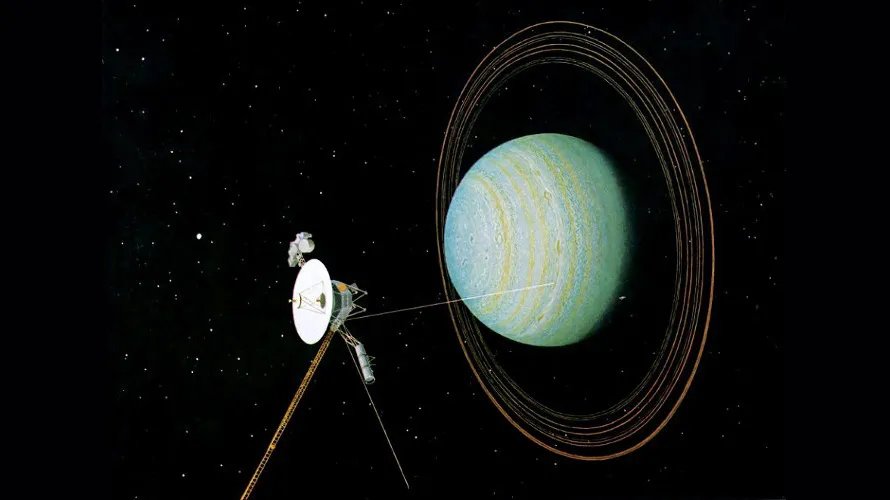
So plans are now being discussed for a joint NASA-ESA mission to the outer planets. Details are sketchy at the moment, even so far as to which planet will be visited, or maybe both. The best upcoming launch window for Uranus is 2030-2034 while that for Neptune is 2029-2030 so the particulars for the mission along with the basic space probe design will probably have to be finalized in the next year or so. One thing that has been decided is that the main probe will carry with it a smaller ‘entry probe’ like the Huygens probe that landed on Titan after being carried to Saturn by the Cassini spacecraft.
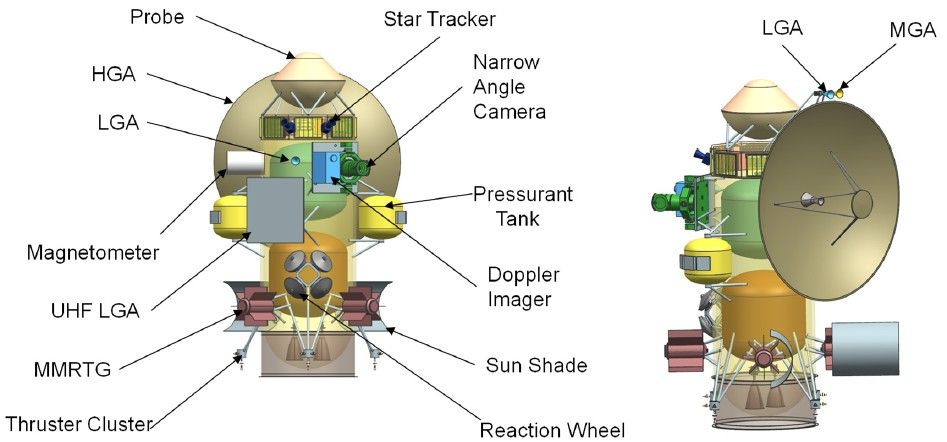
The journey to Uranus or Neptune will be a long one, anywhere from 11 to 15 years depending on the specifics of both the probe and the mission. Because the journey will take so long, and will take the probe so far away from the Sun, using solar arrays to power the spacecraft will be impossible, sunlight simply isn’t strong enough that far from the Sun. So therefore the Uranus / Neptune probe will have to get it’s power from radioisotope thermoelectric generators (RTGs) just as both Voyagers along with Cassini and the Galileo probe to Jupiter did.
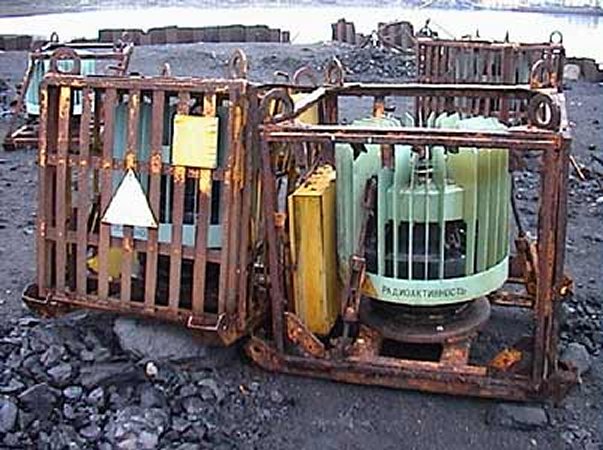
Sounds like an exciting mission, wouldn’t it be nice if they could find the money to send identical probes to each planet!

A sad note before I sign off. Eugene Parker died on March 15th at the age of 94. The highly regarded NASA astrophysicist is best remembered for his 1957 prediction of the solar wind, the stream of charged particles that are constantly being emitted from the Sun’s atmosphere. That prediction was confirmed just five years later when the Mariner 2 space probe was constantly bombarded during its journey to Venus by just the sort of radiation that Parker had predicted.

Eugene Parker is also remembered as the namesake of NASA’s Parker Solar Probe which since its launch in 2018 has now approached closer to the Sun than any other man made object. The Parker probe was the first, and thus far only space probe to be named for a living scientist. A fitting tribute to a man who advanced our knowledge of the Sun so much.

